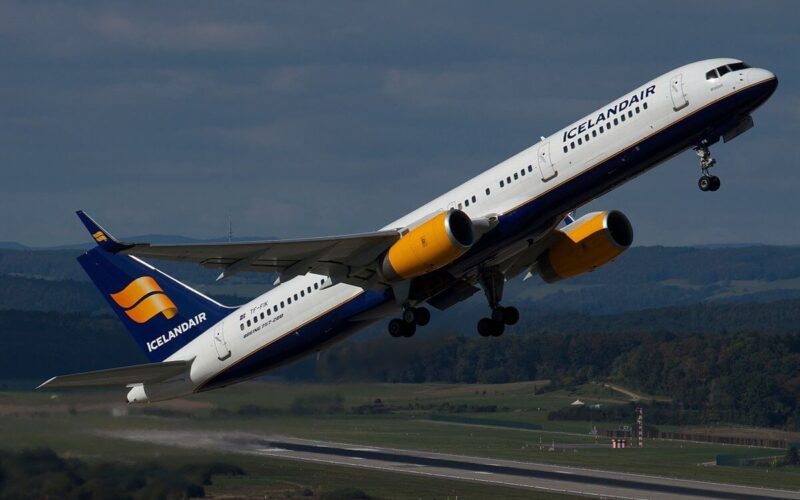On February 7, 2019, both Norwegian and Icelandair revealed their performance results of the financial year of 2018. Both carriers, known for their Transatlantic routes, posted multi-million losses, pointing to high fuel prices and fierce competition.
Icelandair: $55.6 M loss & “difficult operating year”
Losses. On February 7, 2019, Iceland’s national carrier posted 2018 financial year results, revealing “difficult operating year”, as even the statement title suggests. In fact, the numbers not only “fell short” to previous projections, but were actually negative. Despite a “record” 4.1 million pax on international flights (regional operations are whole different topic) Icelandair finished the year with $55.6 million loss.
In comparison, Icelandair finished 2017 FY with a $37.5 million profit. Iceland passenger numbers rose on international flights 2% year-on-year, but regional flights declined by 9%. Year’s EBITDA was $76.5 million ($170.1 million in 2017).
Problems. The main challenges to the carrier’s CEO Bogi Nils Bogason cites are high fuel prices, strong competition and low, “frequently irrational” ticket prices, company CEO Bogi Nils Bogason explains in a statement, adding that changes of the company’s sales, marketing operations and Route Network also had a negative impact.
Plan of action. “It is clear that we are faced with uncertainty in our operating environment and our competitive environment is changing,” according to Bogason. So now the carrier is putting emphasis on its “core operation” − aviation − and has already begun disinvestment in tourism (namely, Icelandair Hotels) since November 2018.
In attempt to improve airline operations, Bogason names “a number of measures, both on the revenue and expense side”, like capacity changes on routes between Europe and North America, or adding a new connection bank alongside the current one in spring 2019. Drastic decisions can also be expected on domestic routes, as according to Bogason, “the Group’s domestic flight operations are currently under review”.
Talking about international flights, the schedule is set to expand by 10% (as measured in available seat kilometres). The number of available seats in Europe is to grow by 18%, while in North America only by 3%. Icelandair is also closing flights to Dallas and Baltimore.
The fleet is to expand slightly to 36 aircraft, as the carrier is planning to add six new Boeing 737 MAXs and let go of three 757-200s.
Norwegian: $170.3M loss & “returning for profitability” strategy
Losses. Despite the fact that the company’s total revenue increased by 30% since 2017 to $4.6 billion, and the airline carried 37 million passengers, which signifies a 13% growth compared to the previous year, Norwegian’s net loss were more than double the size of Icelandair’s, amounting to $170.3 million.
Problems. As in the previous case, Norwegian was also affected by high jet fuel prices and fierce competition. But the carrier also suffered several “unforeseen challenges”, like Rolls Royce engine issues on its Dreamliners, forcing it to wet lease aircraft for intercontinental flights.
Plan of action. “Going into 2019, Norwegian’s growth and investments will decrease considerably, and a series of initiatives have been undertaken to return to profitability this year,” according to the statement. Among “series of measures” on its way back to profitability, Norwegian highlights “extensive” cost cuts, route optimization and sale of aircraft. While the carrier does not specify how many aircraft it is going to divest, the carrier wants to get rid of aging Boeing 737-800s. On another hand, five new 787-9s and 16 Boeing 737 MAXs should be added to its fleet during the year.
Risks ahead. While Norwegian’s engine problems should now be left behind, as the Dreamliner “operation is now running smoothly” and the carrier has reached “an agreement” with Rolls Royce, new challenges are threatening its 2019 FY performance. The company claims it is already working on Brexit contingency plan and its various possible outcomes, “future demand is dependent on sustained consumer and business confidence in the company’s key markets”. Competition, fuel price and currency fluctuations remain sources of tension as well, but more interestingly, Norwegian does not rule out the possibility of industrial action (strikes) either.

